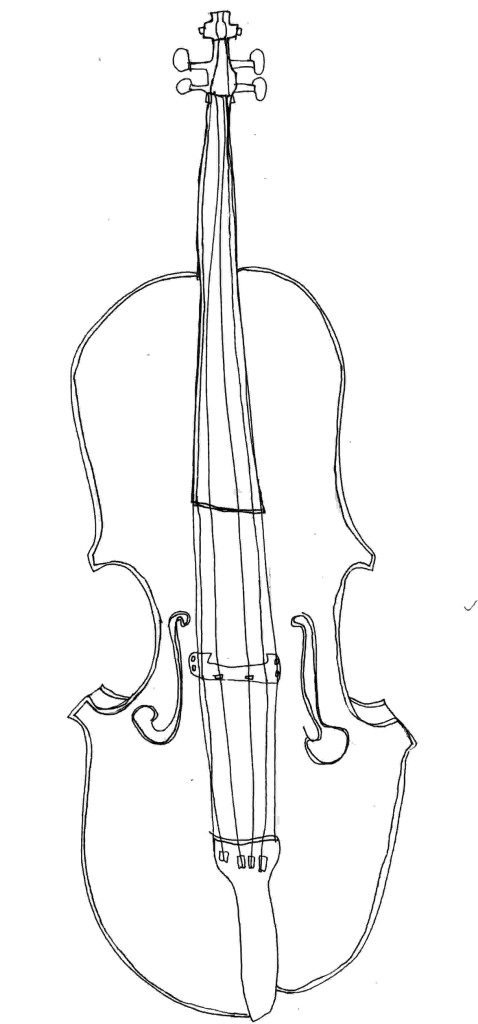15.2: Review of Classical Era Music
- Page ID
- 72457
Introduction

The dates of the classical period in Western music are generally accepted as being between about 1750 and 1820. However, the term classical music is used in a colloquial sense as a synonym for Western art music, which describes a variety of Western musical styles from the ninth century to the present, and especially from the sixteenth or seventeenth to the nineteenth. This article is about the specific period from 1730 to 1820.
The classical period falls between the baroque and the romantic periods. The best-known composers from this period are Joseph Haydn, Wolfgang Amadeus Mozart, Ludwig van Beethoven, and Franz Schubert; other notable names include Luigi Boccherini, Muzio Clementi, Antonio Soler, Antonio Salieri,François Joseph Gossec, Johann Stamitz, Carl Friedrich Abel, Carl Philipp Emanuel Bach, and Christoph Willibald Gluck. Ludwig van Beethoven is also regarded either as a romantic composer or a composer who was part of the transition to the romantic.
Franz Schubert is also something of a transitional figure, as are Johann Nepomuk Hummel, Mauro Giuliani, Friedrich Kuhlau, Fernando Sor, Luigi Cherubini, Jan Ladislav Dussek, and Carl Maria von Weber. The period is sometimes referred to as the era of Viennese classic or classicism, since Wolfgang Amadeus Mozart, Joseph Haydn, Antonio Salieri, and Ludwig van Beethoven all worked at some time in Vienna, and Franz Schubert was born there.
Main Characteristics
Classical music has a lighter, clearer texture than baroque music and is less complex. It is mainly homophonic—melody above chordal accompaniment (but counterpoint by no means is forgotten, especially later in the period). It also makes use of style galant in the classical period which was drawn in opposition to the strictures of the baroque style, emphasizing light elegance in place of the baroque’s dignified seriousness and impressive grandeur.
Variety and contrast within a piece became more pronounced than before. Variety of keys, melodies, rhythms and dynamics (using crescendo,diminuendo and sforzando), along with frequent changes of mood and timbre were more commonplace in the classical period than they had been in the baroque. Melodies tended to be shorter than those of baroque music, with clear-cut phrases and clearly marked cadences. The orchestra increased in size and range; the harpsichord continuo fell out of use, and the woodwind became a self-contained section. As a solo instrument, the harpsichord was replaced by the piano (or fortepiano). Early piano music was light in texture, often with Alberti bass accompaniment, but it later became richer, more sonorous and more powerful.
Importance was given to instrumental music—the main kinds were sonata, trio, string quartet, symphony, concerto, serenade and divertimento. Sonata form developed and became the most important form. It was used to build up the first movement of most large-scale works, but also other movements and single pieces (such as overtures).
Contributors and Attributions
- Classical period (music). Located at: https://en.Wikipedia.org/wiki/Classical_period_(music). License: CC BY-SA: Attribution-ShareAlike
- Cello. Authored by: Ian. Located at: https://www.flickr.com/photos/iandesign/911877626/. License: CC BY: Attribution

